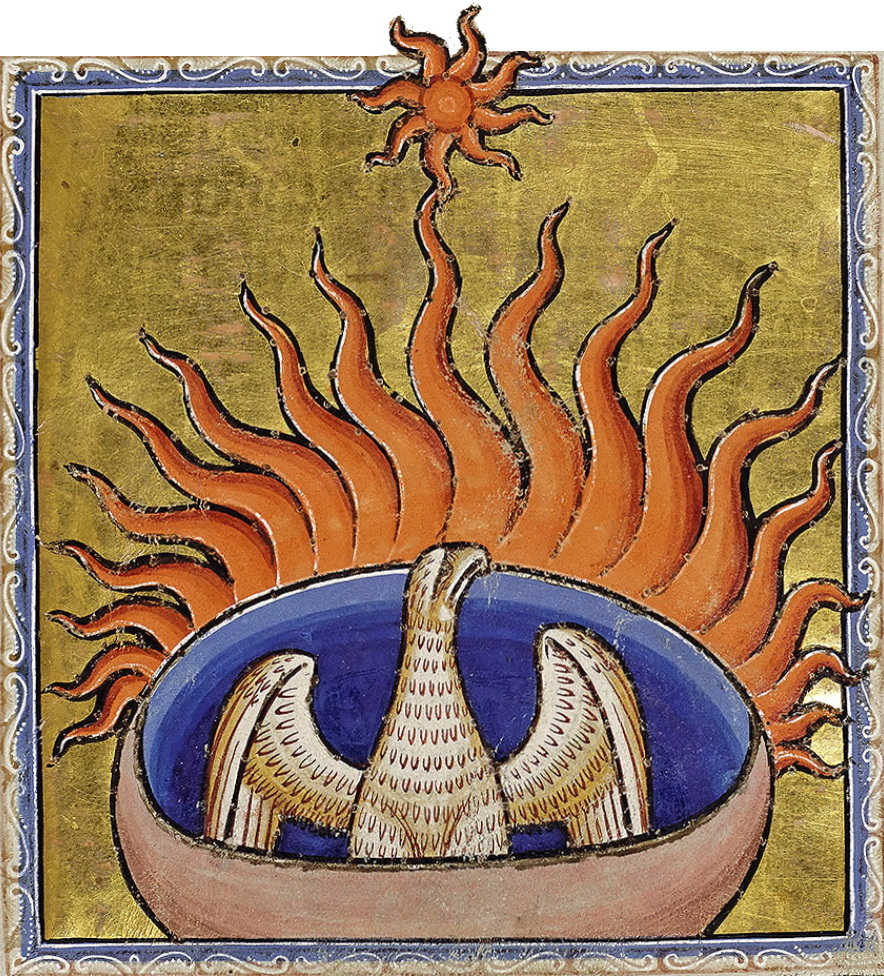The Tetrad

As we have journeyed through each Number, they appear to us like different states of consciousness: in the 1, I see Unity, in 2, I behold the difference between Being and Non-Being, and with 3, I see the deeper harmony of the One-and-the-Many. Of course, neither Unity, Being, nor Harmony is lacking in any of the Numbers: it is just that each Number is a key with a different dominant tone. One contains all Numbers, Two is another Monad (as well as Privation), and Three reconciles mystery with mystery.
When we reach Tetrad, we find more of the same, but differently. Are these new states of Being, or just changes in Consciousness?
1+2+3+4=10, so the Tetrad is complete: it contains the Pyramid, the four elements, and the four causes of Aristotle, and the Quadrivium – arithemetic apprehends quantity in general, music apprehends relative quantity, geometry takes in size in general (static), and astronomy apprehends size in motion in the stars. Iamblichus thinks the Quadrivium’s use of Number to apprehend Truth is less liable to error (one supposes, than religion?). He doesn’t seem to have a division between sacred/profane science – there is only Truth. He relates each science of Quadrivium to a number: Arithmetic (Monad), Harmony/Music (Dyad), Geometry (Triad), and Astronomy (Tetrad). The first and simplest three dimensional figure is the sphere, composed of center, diameter, area, circumference.
Creation proper begins with the Tetrad, as fire is symbolized by the pyramid (4 bases, 4 angles), there are 4 elements, 4 seasons, etc. Iamblichus’ use of 4 orderings in Nature is a long one. “Accretion of discrete things cannot be seen without the Tetrad, although plurality appears with the Triad”. Those who have died in virtue are not “thrice-blessed”, but “four times blessed”: they have gone beyond alteration and change.
Squares symbolize stability, and Hermes and Herakles are associated with them. Tlao means endure, so we may call it the Tetlad, for a neologism. Since its perimeter and square are equal, it is called Justice. 4 is associated with the ensoulment of Body, thanks to the various harmonic ratios established by the 1,2,3,4 sequence; so 4 (again) represents emergence out of possibility into actual existence.
In the Western tradition, we would say that the number 4 establishes the outflowing of the seminal Ideas of God into the material universe: Four is the entrance of the Triad’s energies into the actual harmonies of physical creation. In Platonic terms, matter would now be Over-Souled or given an Anima, so that the world-Soul now exists, and is a living thing. The seeds of Creation or rationes seminales (associated with Logos Spermatikos) proceed to actually unify Matter and Form into substance, shape, form, & principle. So actual things come into existence, and do not merely exist in conception as Ideas in God’s mind only.



_Tate_Britain.jpg)
